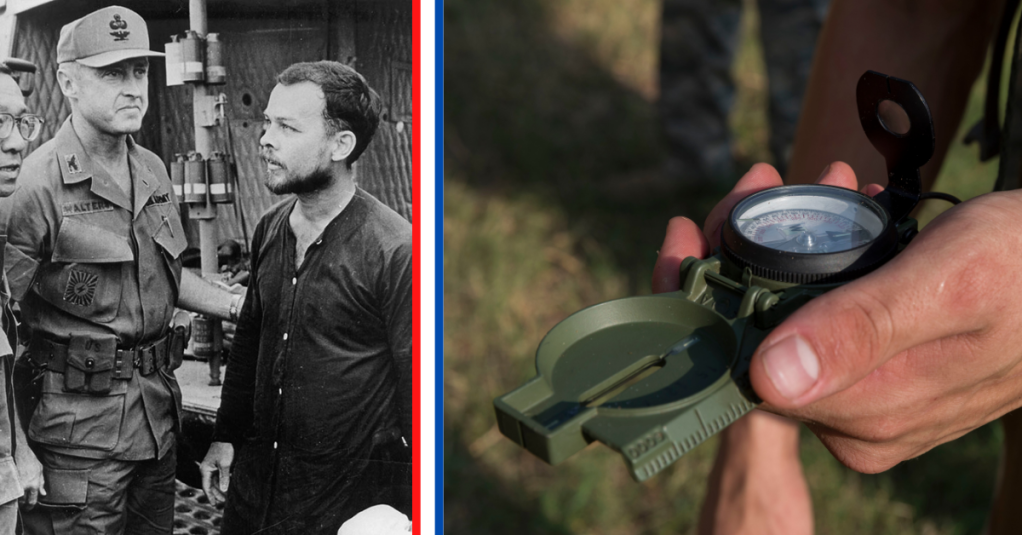

James N. Rowe was just three years out of West Point when he was sent to the Republic of Vietnam in 1963. There, he was assigned to serve as executive officer Det. A-23 of the 5th Special Forces group. His mission was advising and training the Army of the Republic of Vietnam. He would spend more time in Vietnam as a prisoner of the enemy than operating as an advisor. While that fact is tragic, it also served to help entire future generations of soldiers and aircrews. Lessons Rowe picked up during his five years in captivity would help form the foundation of the Survival, Evasion, Resistance and Escape (SERE) training he would help develop in the years after the war.
In October 1963, Rowe and fellow Army Special Forces soldiers were accompanying a South Vietnamese Civilian Irregular Defense Group in the Mekong Delta. The CIDG and Green Berets attacked a Viet Cong command post as part of an effort to push the VC out of the village o Le Coeur. They were then ambushed and overrun by a VC main force unit. Rowe, along with Capt. Rocky Versace and Sgt. Daniel Pitzer, was captured.
The three men were taken deep into the U Minh Forest and separated. For the next 62 months, Rowe would hardly see a fellow American. For the next five years, he would spend most of his time in a bamboo cage that measured just 72 cubic feet.
Rowe was an intelligence officer and possessed critical information, but maintained the cover of being a civil engineer. The VC tried to interrogate him, but he successfully resisted. It wasn’t until the Viet Cong obtained a list of high value prisoners that they realized he had valuable information the entire time. They decided to punish him by taking him into the woods and killing him.

As he was being led to his death, American UH-1 helicopters flew by. With his captors temporarily distracted by the aircraft, it gave Rowe the opening he needed to overpower his guard and make a run for safety. He managed to get the attention of one of the pilots, who picked him up on Dec. 31, 1968. Rowe was just one of 34 American POWs who escaped captivity.
Beginning in 1974, Rowe left active duty and began serving in the Army Reserve. Ten years later, he was called to active service once more. By then, the war was long over. This time, the Army wanted Rowe to share his experience as a prisoner in designing the Survival, Evasion, Resistance and Escape course at Fort Bragg, North Carolina.
SERE training has a long history, dating back to World War II, when Gen. Curtis LeMay established a formal training regimen. After the Korean War, where the communists repeatedly failed to adhere to the Geneva Conventions regarding prisoners, the school diverged. The Air Force and Navy expanded their training curriculum. With the onset of the Vietnam War, the Air Force, Marine Corps and Army opened jungle survival schools as well. Although good training, none of these schools could prepare potential captives with the real-world lessons learned by a POW.
After Vietnam, the U.S. military wanted to standardize its SERE training, incorporating experiences from Vietnam POWs. Rowe’s program was particularly useful for developing the “resistance” portion of the training, taught to military personnel, especially those with sensitive information, who were at a higher risk of being captured.
After developing the U.S. Army Special Forces SERE training, Rowe continued his active service and was sent to the Philippines to infiltrate the New People’s Army, a communist insurgency there. The New People’s Army managed to assassinate Rowe in April 1989. He is buried at Arlington National Cemetery.
